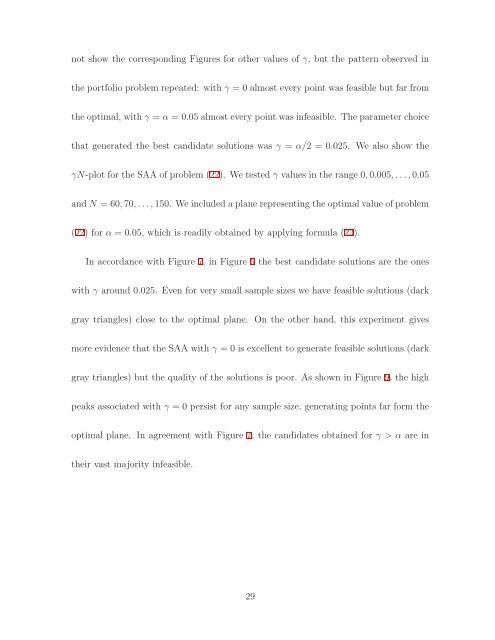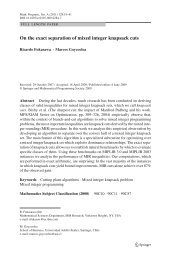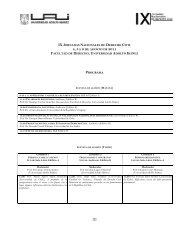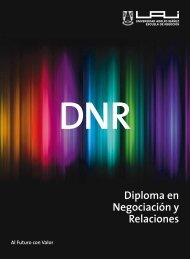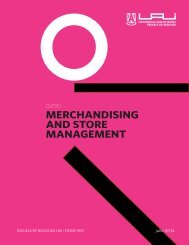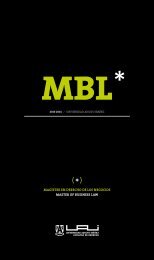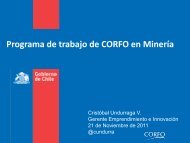Sample Average Approximation Method for Chance Constrained ...
Sample Average Approximation Method for Chance Constrained ...
Sample Average Approximation Method for Chance Constrained ...
- No tags were found...
You also want an ePaper? Increase the reach of your titles
YUMPU automatically turns print PDFs into web optimized ePapers that Google loves.
not show the corresponding Figures <strong>for</strong> other values of γ, but the pattern observed inthe portfolio problem repeated: with γ = 0 almost every point was feasible but far fromthe optimal, with γ = α = 0.05 almost every point was infeasible. The parameter choicethat generated the best candidate solutions was γ = α/2 = 0.025. We also show theγN-plot <strong>for</strong> the SAA of problem (22). We tested γ values in the range 0, 0.005, . . ., 0.05and N = 60, 70, . . ., 150. We included a plane representing the optimal value of problem(22) <strong>for</strong> α = 0.05, which is readily obtained by applying <strong>for</strong>mula (23).In accordance with Figure 7, in Figure 9 the best candidate solutions are the oneswith γ around 0.025. Even <strong>for</strong> very small sample sizes we have feasible solutions (darkgray triangles) close to the optimal plane. On the other hand, this experiment givesmore evidence that the SAA with γ = 0 is excellent to generate feasible solutions (darkgray triangles) but the quality of the solutions is poor. As shown in Figure 9, the highpeaks associated with γ = 0 persist <strong>for</strong> any sample size, generating points far <strong>for</strong>m theoptimal plane. In agreement with Figure 7, the candidates obtained <strong>for</strong> γ > α are intheir vast majority infeasible.29


